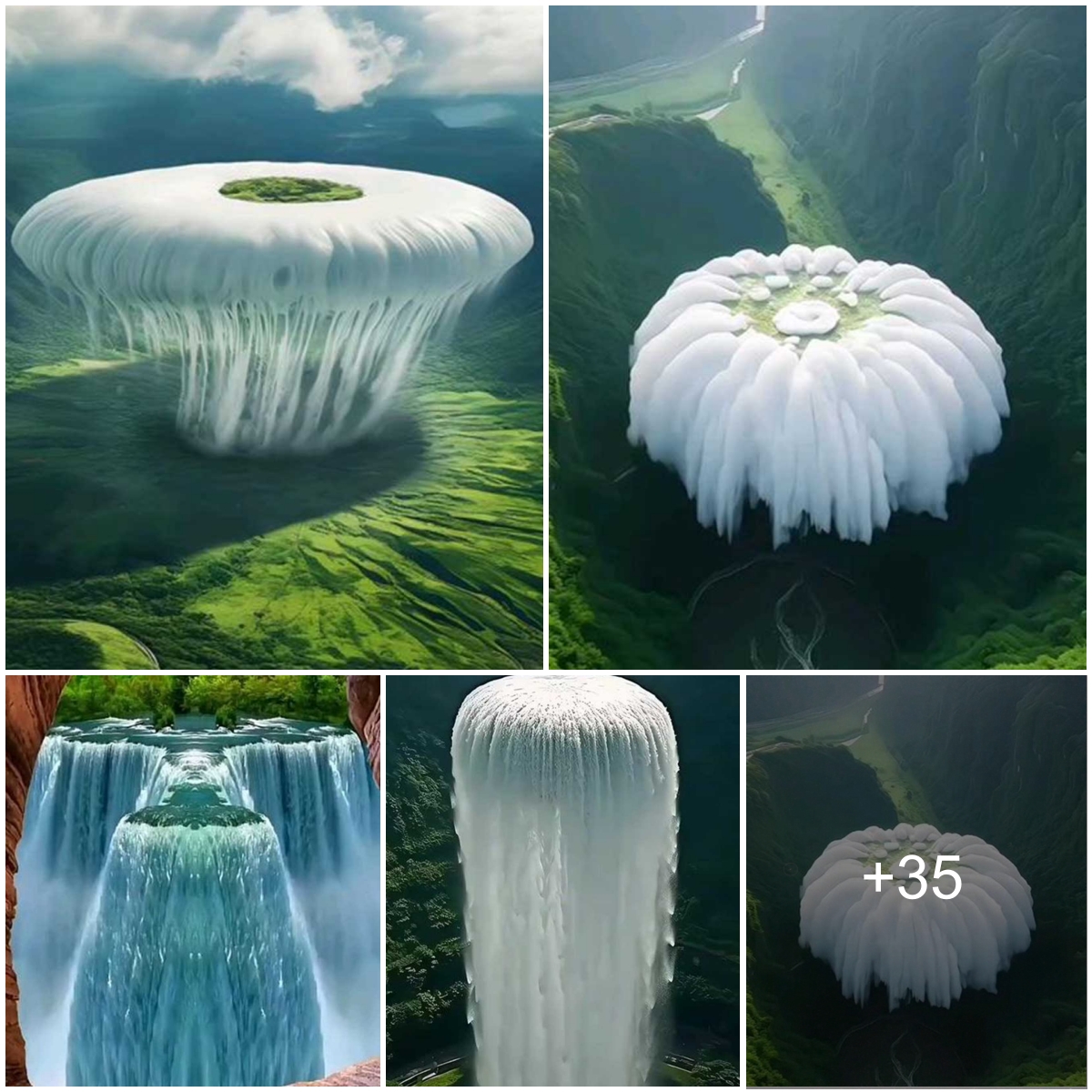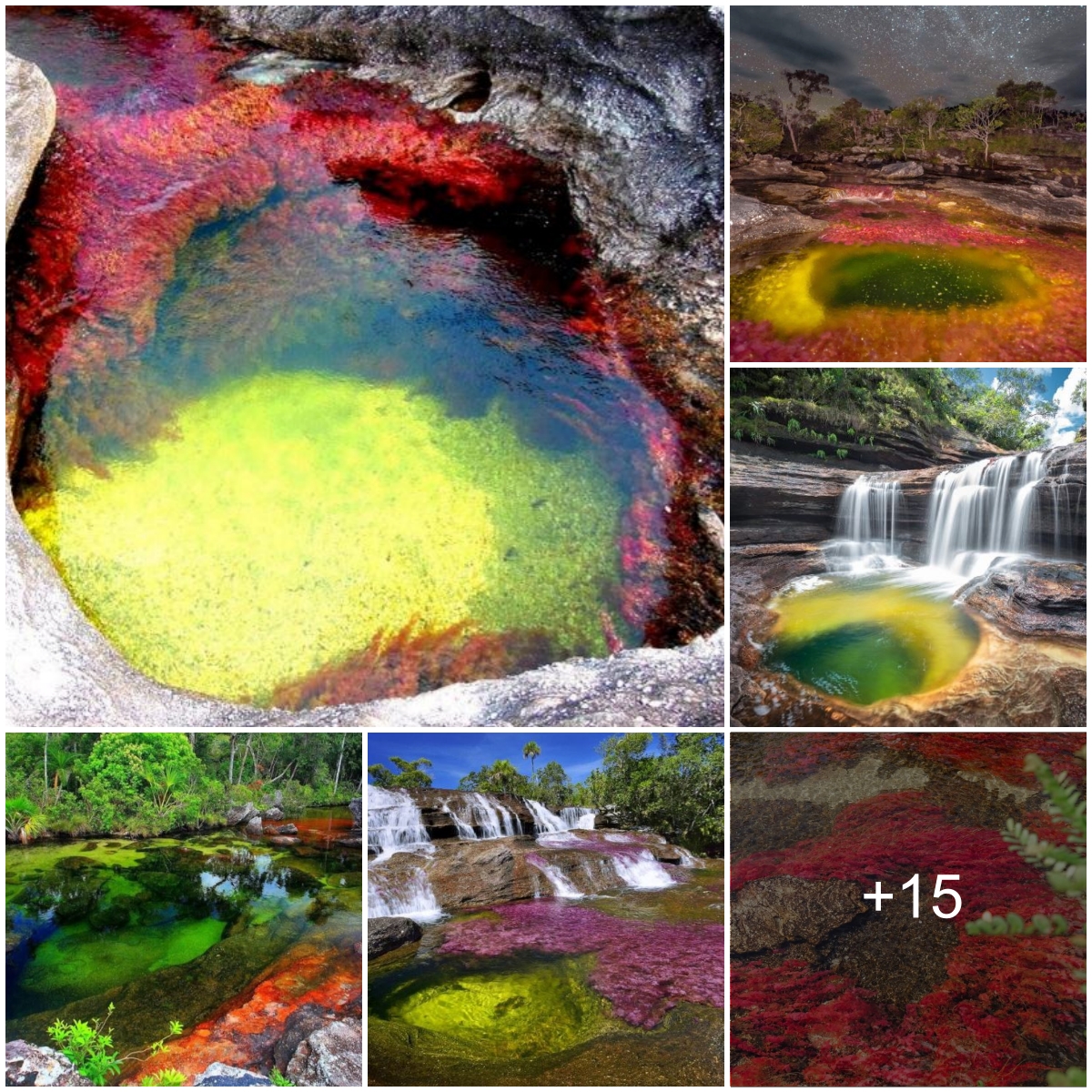In the vast tapestry of flora that adorns our planet, some trees stand out with their peculiar and captivating trunks. These extraordinary trees showcase a wide array of unique adaptations and striking features that make them a wonder to behold. From whimsical shapes to mysterious markings, they offer a glimpse into the diversity and ingenuity of nature’s creations.
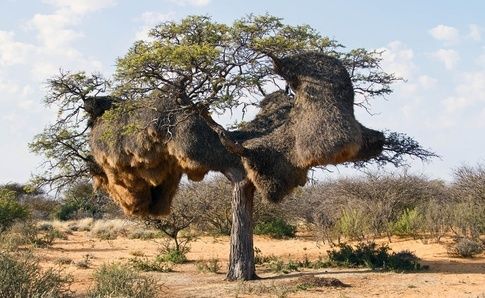
1. Baobab Trees: The Upside-Down Giants
Baobab trees (Adansonia) are renowned for their massive, stout trunks that resemble the roots of an upside-down tree. These ancient giants, found primarily in Africa, are known for their impressive size and longevity, with some specimens living for thousands of years. Baobabs have adapted to thrive in arid environments, storing large amounts of water in their trunks, which makes them crucial sources of sustenance for both humans and wildlife during dry seasons.
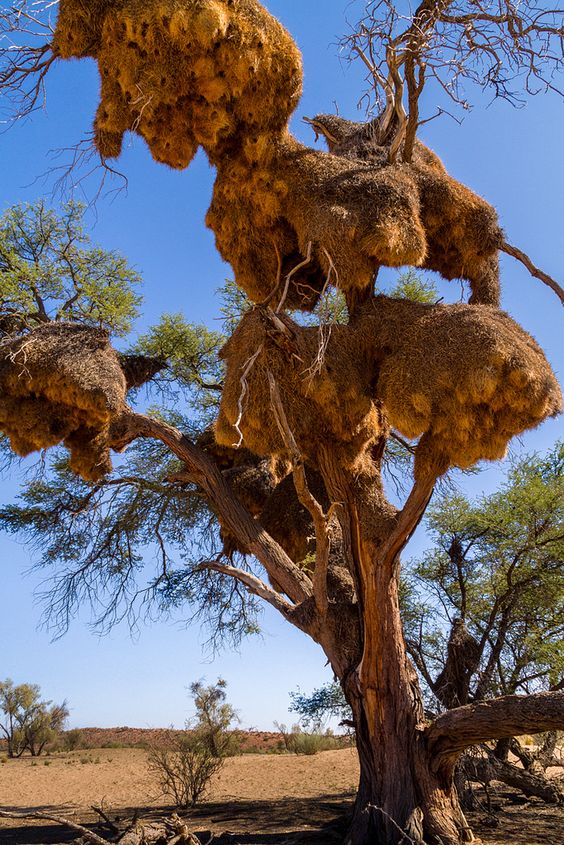
2. Dragon’s Blood Trees: Surreal Canopy Poles
Hailing from the island of Socotra in Yemen, Dragon’s Blood trees (Dracaena cinnabari) showcase an otherworldly appearance with their umbrella-like canopies perched atop slender trunks. The red sap, called “dragon’s blood,” has mythical connotations and is used for various purposes, including traditional medicine and art.
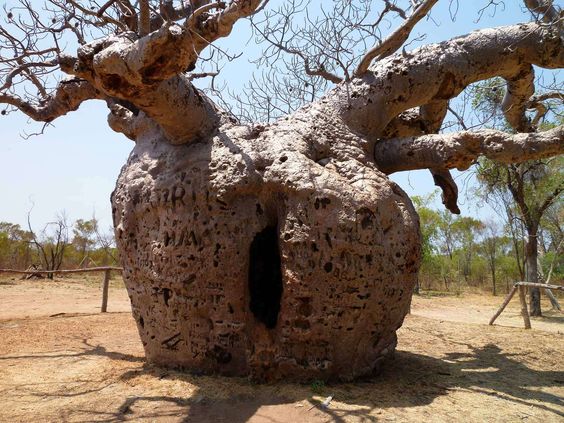
3. Quiver Trees: Nature’s Sentinels
Found in the arid regions of southern Africa, Quiver trees (Aloidendron dichotomum) earned their name from the San people, who used the hollowed-out branches to make quivers for their arrows. The trees have thick, succulent-like trunks that store water, allowing them to withstand harsh conditions. Their striking silhouette against the African sky creates a sense of awe and reverence for these ancient sentinels.
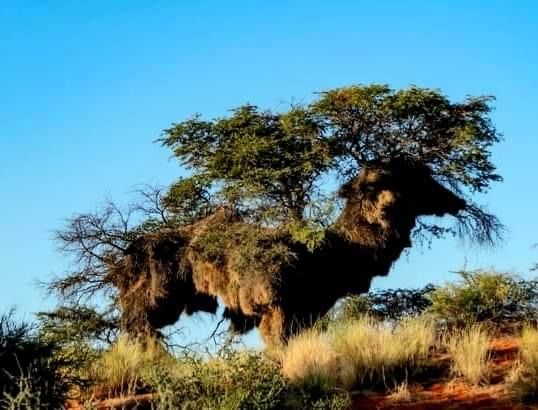
4. Joshua Trees: Desert Sculptures
Endemic to the Southwestern United States, Joshua Trees (Yucca brevifolia) feature an unusual appearance with their twisted branches and spiky leaves. Named by Mormon settlers who saw the trees’ outstretched limbs resembling the biblical figure Joshua raising his arms in prayer, these desert sculptures are well-adapted to thrive in arid conditions.
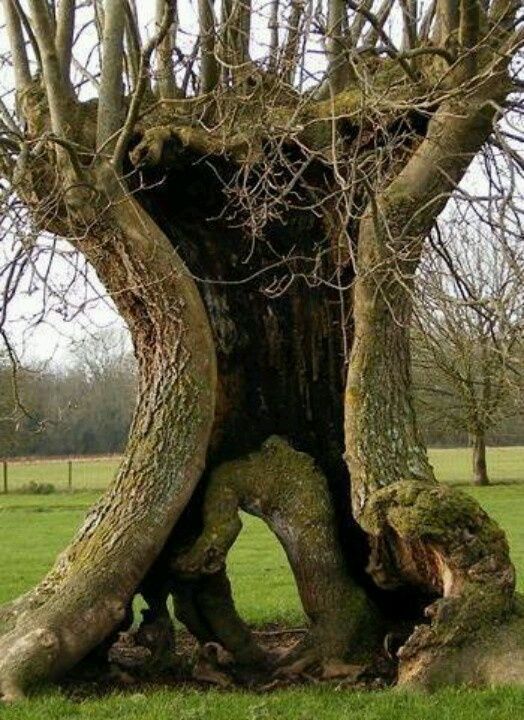
5. Rainbow Eucalyptus Trees: Nature’s Color Palette
The Rainbow Eucalyptus (Eucalyptus deglupta) is an extraordinary tree native to Southeast Asia and the Philippines. Its trunk showcases a mesmerizing display of colors, ranging from bright greens to vivid oranges, purples, and blues. As the bark sheds in strips, the new bark underneath is revealed, creating a living canvas of vibrant hues.


